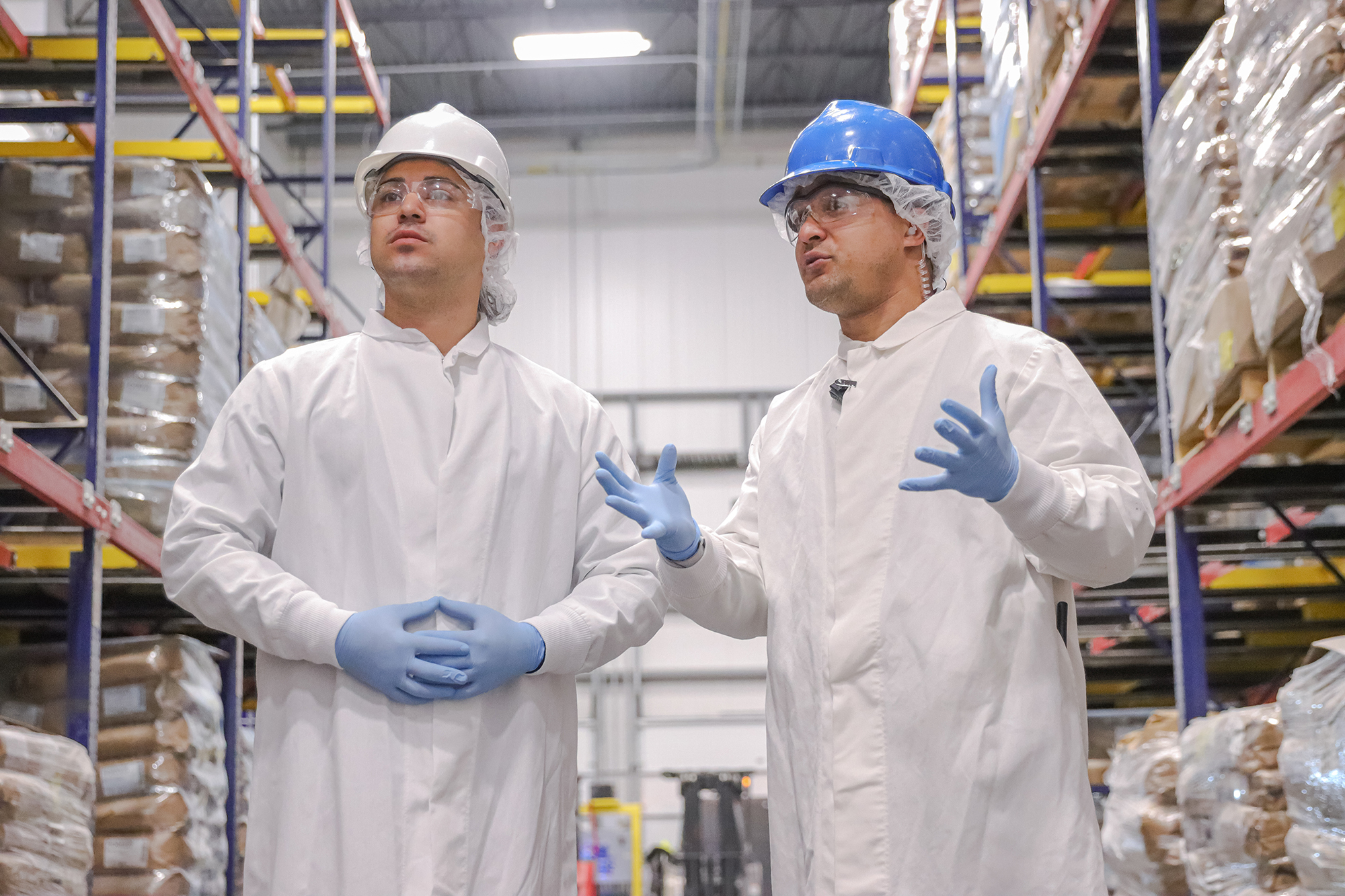The Art of Communication to Senior Leadership

Very early in my career, I was the director of a food testing laboratory. With a change in regulations and customer requirements, we began to have a surge in our sample load. Our amazing lab technicians were working later and later, errors began to occur, personnel burnout was on the horizon along with potential customer service challenges due to late test results.
We needed more automated testing equipment. Unfortunately, I assumed that a simple capital expenditure requisition for more expensive equipment because “our team is working long hours” was all it took to gain the expected approval. The request was denied. Out of that frustration, I learned early on that there was an art to communicating with senior leaders if you want positive outcomes.
Effectively communicating food safety needs to senior leadership — particularly when advocating for more resources — requires strategic messaging that aligns with business goals, risk management, and return on investment.
Here are the best methods for doing this:
1. Speak the Language of Leadership
Focus on outcomes such as:
- Financial impact: Cost of recalls, lawsuits, rework, overtime pay, and lost sales due to food safety incidents or loss of customers.
- Brand protection: How food safety failures can damage reputation and customer trust.
- Regulatory compliance: Risks of fines or shutdowns from non-compliance with FDA, USDA, etc.
- Operational efficiency: How better food safety processes can streamline operations, save resources, and allow for redeployment of those resources
2. Use Data-Driven Storytelling
- Present data, trends, and benchmarks to support your case (e.g., audit scores, incident reports, industry stats, production throughput, downtime, rework, cost of quality). There is an abundance of data points comparing companies with positive food safety outcomes to those without, pinpointing best practices they do differently in the Survey of Frontline Employee Training Programs.
- Include case studies or examples from other companies who faced major losses due to poor food safety or negative impact on their operations.
- Forecast potential savings or ROI from investments in training, equipment, or technology (Hint: leverage your vendors!).
3. Quantify the Risk
Use risk assessment models to show:
- Likelihood and severity of risks.
- Potential costs of inaction.
- Insurance and liability implications.
4. Build a Business Case
Develop a formal business proposal for the resources you’re requesting. Utilize your financial team to collect compelling information. Include:
- Project scope and justification.
- Budget and resource requirements.
- Timeline and key deliverables.
- Expected ROI or value-add.
5. Align with Strategic Priorities
Frame food safety as supporting broader company goals like:
- Sustainability (such as reducing waste from recalls)
- Digital transformation
- Employee engagement, training, and retention (which leads to increased productivity and better SOP compliance)
- Market expansion
- Compliance with evolving regulations or customer requirements
6. Leverage Influencers and Champions
- Engage internal champions in operations, legal, or finance to back your proposal.
- If possible, involve customer feedback/complaints or external experts like third-party auditors, sister plants, and trusted industry colleagues to validate your position.
7. Provide Visuals and Dashboards
- Use simple, clear dashboards to show food safety performance over time.
- Visuals help non-technical leaders grasp complex issues quickly.
8. Make It Personal
Illustrate how poor food safety affects customers, employees, and leadership directly. A compelling human story (like a foodborne illness case, spike in environmental positives, or rash of customer complaints) can be more persuasive than statistics alone.
8. Establish a Regular Cadence of Communication to Leadership
It’s critical to have an ongoing dialogue with your senior leadership on the status of food safety and operations. An urgent time of need for new equipment, new floors, or more people cannot be the first time you are communicating food safety risks and resource needs. As the person in charge for food safety, you should be regularly updating the senior management about the food safety challenges, victories, and continued obstacles regarding your food safety management system.
The Results
This is an art because most of us may not have these skills and best practices. We are focused on our job responsibilities and may not totally understand our company’s critical business drivers. It’s time to gain these skills! Seek out internal mentors, industry colleagues, additional training to help you achieve the confidence needed in these areas. SQF has a useful tip sheet on Management Commitment that can be useful.
Good news though. In my earlier example, I ultimately did get the new equipment we needed by following the advice I just outlined. I leveraged my equipment vendor to help in building the ROI data, shared the increased employee overtime spending, the loss of a high performing lab tech who left due to the long hours (reduced productivity), and the customer complaints for delayed results threatening our customer satisfaction scores. There is a path to success!
Looking for expert guidance? Alchemy Consulting offers tailored strategies to help you build compelling business cases, communicate effectively with stakeholders, and align your food safety initiatives with organizational goals.





